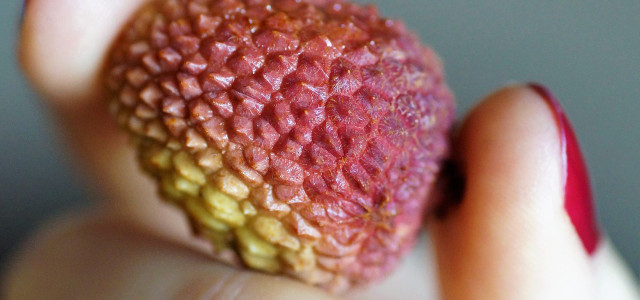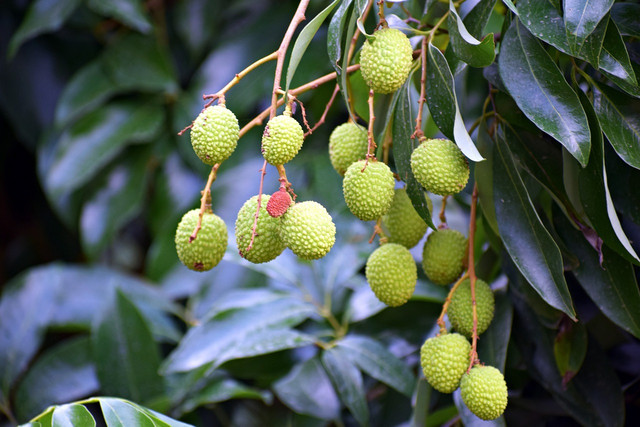
Your own lychee tree – it’s that easy! Here’s everything you need to know about planting the exotic tree at home.
Contents
Planting a lychee tree: It takes until the first harvest
In the supermarket we are tempted by a wide range of exotic fruits. So does the lychee (or lychee), which comes from the tropical regions of Asia. However, these fruits travel long distances on their way to us and consume many resources in their cultivation.
They are imported by air – a means of transport that emits particularly high levels of greenhouse gases and thus drives climate change. So the carbon and water footprint of these fruits makes them a less than sustainable treat. That’s why you should eat lychees rather rarely.
With a little flair, it is possible to grow lychees from the supermarket at home. However, you will have to be patient until you can harvest your own first fruits. The tree will only produce its first lychees after five to twelve years.
Still, it’s fun to watch your own little tree grow. The evergreen plant also impresses with its pretty foliage and strikingly large inflorescences.
Planting a lychee tree – this is how it’s done

You have a few lychees at home? Then you’re ready to go. All you need are:
- the seeds of the vitamin-rich fruit
- small flower pots with holes
- a peat-free, humus-rich soil (buy potting soil – there is one big mistake)
- transparent plastic foil or even better: a thin glass plate
With that, you’ve got everything you need to get started right away. You should do this, because the fresh lychee seeds can only germinate for four to five days.
- First you should clean the seeds well, so that no mold can form. To do this, wash them with lukewarm water until all pulp is removed. Then dry the seeds well.
- Prepare pots with humus-rich soil. Put one pit in each pot. You should plant it two to three centimeters deep. It is important that the pots have holes at the bottom to prevent waterlogging.
- Cover the pots with foil or a glass plate. This will keep your seedlings nice and warm. However, since they need a little air, poke small holes in the foil or push your glass plate a little to the side so that a gap remains free.
- The germination time of your lychees is about two weeks at a temperature of 25 degrees. Make sure to keep the soil moist during this time, but never too wet. The water must be able to drain off.
- When the first cotyledons appear and your plantlets are about four centimeters tall, you can transfer them to larger pots. The lychee likes slightly acidic, sandy soil with as high a clay content as possible.
- Water your plants regularly, preferably with low-calcium water. Ideally, you should use rainwater. You can also spray the lychee regularly to increase the humidity.
- From spring to late summer, you can fertilize your lychees once a month with a biological fertilizer.
Since lychees are native to the tropics, they can only be grown indoors or in a greenhouse. On hot summer days, your lychee can also be grown on the balcony or terrace. Place it there in a wind-protected place without direct sunlight. In winter, you may also place the plants in a cooler place (at least ten degrees). However, they should still get enough light during this time.









